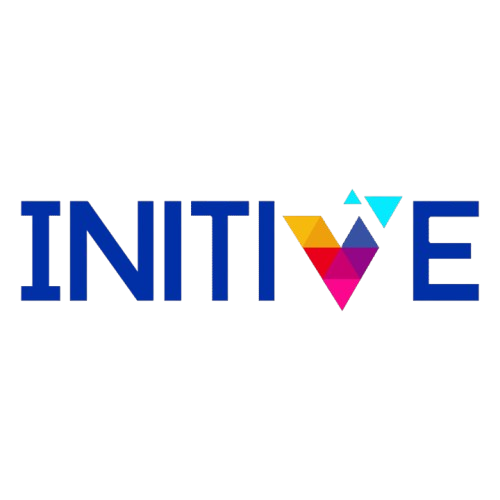
AI, Global talent and the new Leadership reality
The way we hire has been quietly transforming and then, all at once, it flipped.
Three years ago, building a company meant stacking headcount, layering managers, and treating leadership as a numbers game. Influence used to be measured in bodies on the payroll the more seats you filled, the louder your signal of success. Much like a “we’re hiring” post not just as an update but a status symbol. Volume as a strategy.
Now? The map has been redrawn. Small, high-output teams are doing the work of entire departments. AI is spotting talent you didn’t know existed, halfway across the world, before a recruiter has even opened LinkedIn. And the leaders who thrive aren’t those with the longest org charts, they’re the ones who can find the right people, bring them together, and move fast.
Beyond the resume- The new hiring dynamic
Startups have stopped chasing headcount. Every hire now carries weight, expected to combine strategic thinking with hands-on execution. There’s no room for passengers.
In AI-native companies, performance isn’t measured by the size of the org chart but by the output of each person. A small group of sharp, tech-enabled operators can achieve what once took entire departments.
This shift isn’t just cultural, it’s powered by technology. AI can identify high-potential talent in days, offering deeper insights and uncovering candidates in parts of the world that would have been invisible to recruiters only a few years ago.
The hard part for leaders isn’t learning how the tools work. It’s knowing when to trust them, when to pause, and when a decision calls for the instinct and care only a human can bring.
Where precision meets Hiring
The perfect match!
Hiring is no longer a slow, linear process. The best teams use AI to go deeper, move faster, and keep fairness in focus.
Beyond resumes, AI can spot the signals that matter follow-through, adaptability, and the stamina to thrive in demanding roles. It can run role-specific simulations to reveal how candidates think under pressure and assess communication style to ensure they fit the company’s voice and values.
The payoff: Better matches, and far less guesswork.
Leading with impact
AI is quietly changing what leadership looks like. A small group of skilled, tech-enabled operators can now deliver results that once took entire departments, thinning the layers of middle management and shifting the focus from how many people you lead to how much impact you create.
Where results once depended on the output of large teams, individual contributions are now amplified in ways we’ve never seen before. With AI, a handful of highly capable professionals can generate outcomes that would have required dozens of people only a few years ago.
In this environment, the leaders who stand out are those who blend strategy with action. It’s not enough to set direction from above; the most valuable leaders are willing to get involved, contribute directly, and show results quickly. The combination of big-picture thinking and hands-on ability is now the most sought after trait in high growth.
This shift is also reshaping career paths. Senior individual contributors with deep expertise and autonomy can often bring more value than an extra layer of management. Careers are becoming less linear, with talent moving fluidly between execution and leadership roles as the needs of the business evolve.
For executives, the challenge is delivering measurable impact, adapting to change, and earning trust. That also means making life easier for the people doing the work: clearing roadblocks, ensuring processes run smoothly, and aligning tools, goals, and workflows so the team can focus on what matters.
The best Leaders don’t just manage, they enable.
Building teams without borders
Hiring globally has moved from a nice-to-have to a core strategy.
AI tools are opening doors to talent pools that many companies once overlooked. Skills and expertise that used to be hard to find are now just a search away, no matter where in the world they’re based.
The companies that make global hiring work approach it with intention. They pay with transparency, using clear structures that account for different markets and currencies. They design for asynchronous work so projects keep moving without everyone needing to be online at the same time. And they invest in culture, creating shared rituals, documenting processes clearly, and making time to celebrate wins together, even when the team is spread across time zones.
This isn’t HR fluff. A well-connected, multicultural and globally distributed team is more resilient and better able to adapt to market shifts, a serious competitive edge in 2025.

Comments